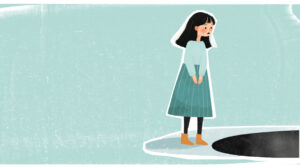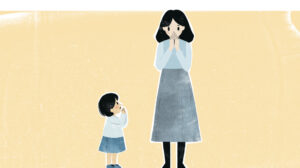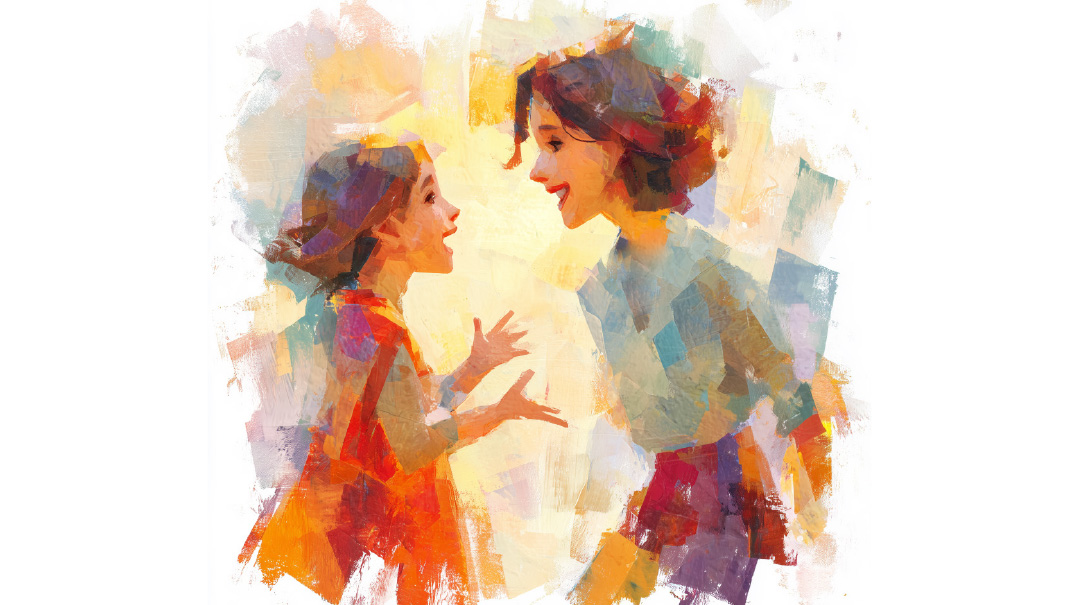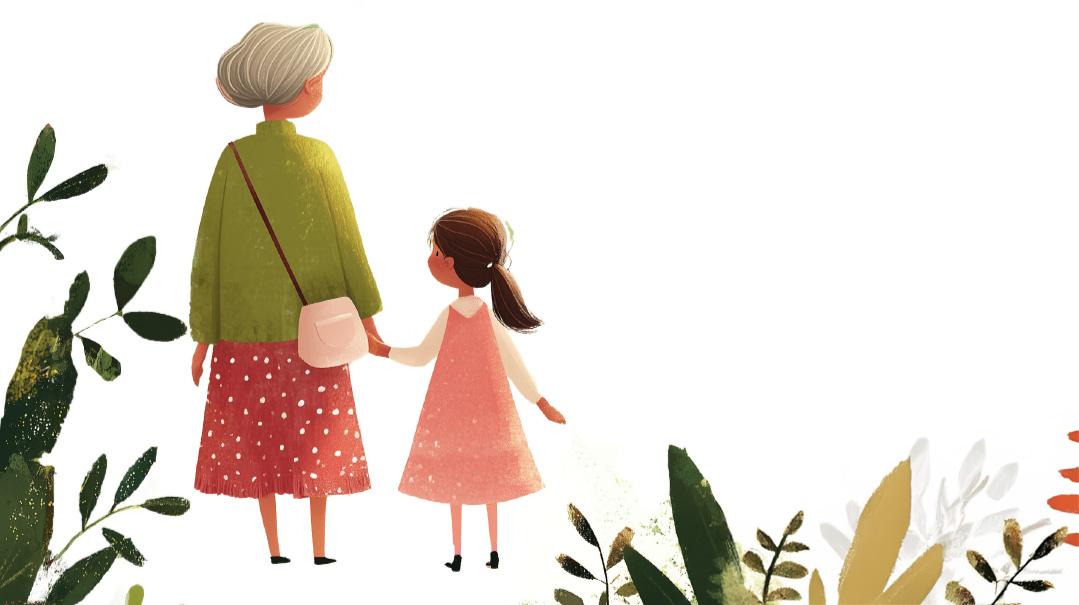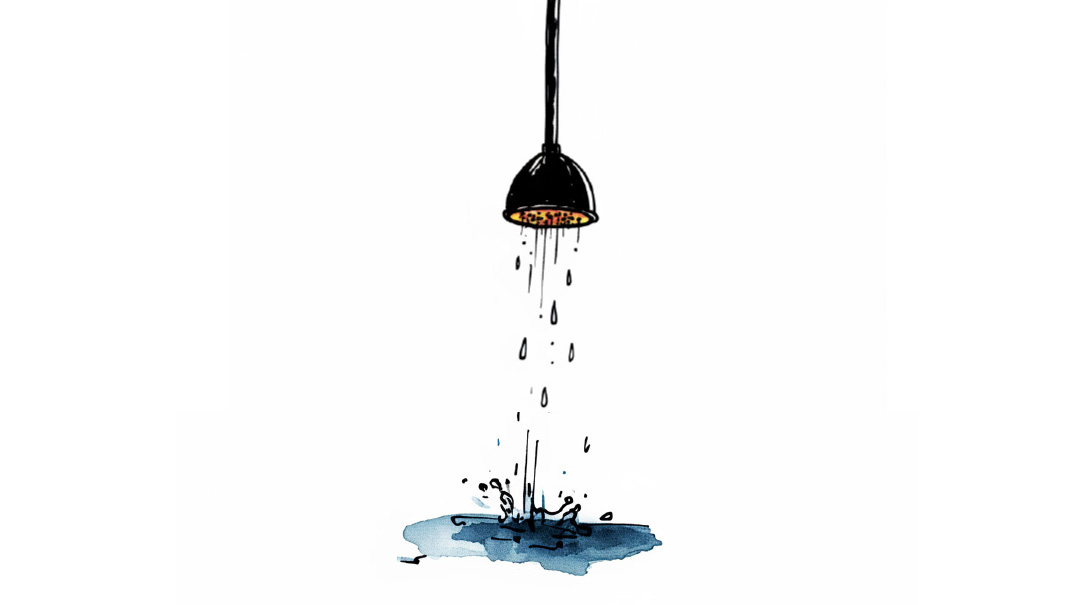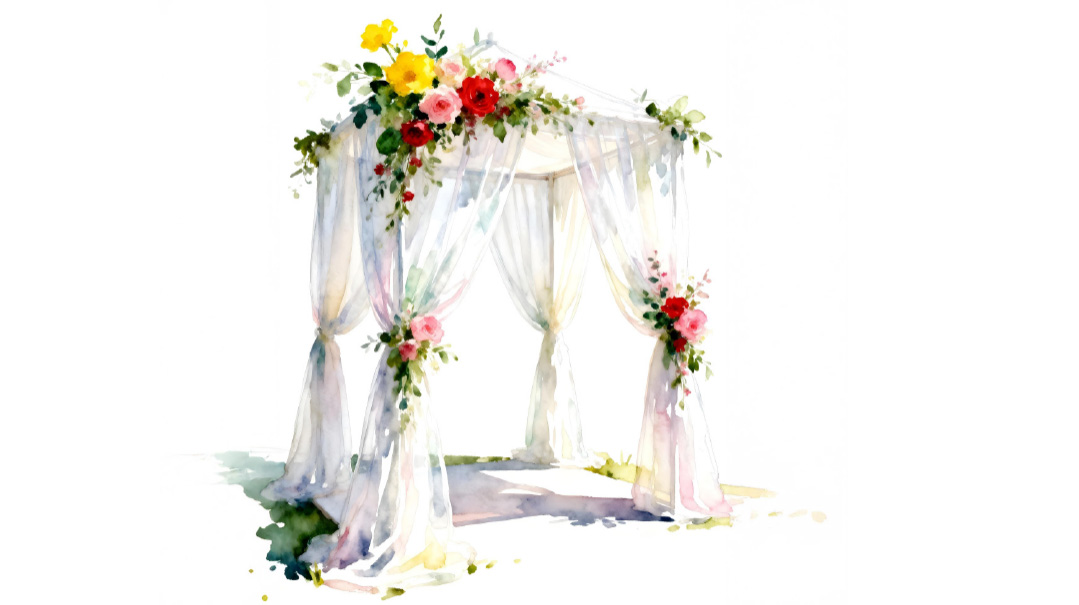The Whole Story
| October 21, 2020As the twelfth daughter-in-law, I feel like I’ve entered the scene in the middle of Act 6

I come back from my in-laws after Yom Tov with my mind filled with stories. Not the sort of stories that have a neat beginning, middle, and end. A setting, climax, and resolution that have you climb the story mountain to its exhilarating peak and then sigh with either relief or sadness at its culmination.
Rather, as the twelfth daughter-in-law, I feel like I’ve entered the scene in the middle of Act 6 and I’m trying to figure out the characters and plot as the play continues to unfold.
There’s the complex relationship between my mother-in-law and her mother. The frantic dusting of the already clean sideboards before Bubby arrives, the tasting and re-tasting of the food, and the setting out of elegant crystal and china before she joins the seudah.
Everyone knows to be on their best behavior during the meals – not so much for Bubby who, at this age, doesn’t see and hear it all, but for her daughter.
And I wonder, how did this story unfold when my mother-in-law was a young mother of 26? A teenager of 16? A little girl of 6? Is this the story of a once-young mother, forever trying to fulfill her mother’s high Hungarian expectations? Or the story of an insecure little girl growing up between many sisters? I don’t know, and probably never will.
There’s the tale of the brother-in-law, divorced long before I knew him. The dialogue script portrays an ex-daughter-in-law who never gave him a chance, who shut her husband out with cold indifference and harsh words.
Dark emotions and vibes of victimhood come clearly through but something between the lines tells me that the true shades are not so black and white. That there are streaks of gray and two sides to this story that I have yet to hear. Yet, having missed the scene where the main characters made their grand entrance (and exit), I can only guess.
Then there’s the interplay between my mother-in-law and her mother-in-law. The on-stage lines and motions show pleasant and friendly conversations and gestures, but the tones tell a different story — one of previous scenes of loss and misunderstanding, pain and culture-difference that have wedged themselves between the characters.
It’s only now, with the fragility of old-age and pity draped over past dramas like a blanket on a lumpy bed, that so much has carefully been shifted behind scenes.
Occasionally, there are flashbacks; photos and conversations that reveal snippets of earlier scenes. Sometimes they fit the plot forming in my mind, but sometimes, they confront me with unexpected evidence that makes me pause to re-evaluate.
Did my austere father-in-law really go boating with the whole family and pose for a photo that shows them having the time of their lives?
Did my mother-in-law, industrious and house-proud to perfection, but not particularly creative, really dress up her kids in such adorable Purim costumes? Where did that come from?
Despite my burning curiosity and active imagination, I learn that I will never know the whole story. I know that there are plots and characters and scenes that are the catalysts and background for the dramas that continue to play out today.
But I don’t have to know them. I can learn to relax. To sit in the audience without judgement. To enter the cast, play my part and say my lines with the humility that I don’t really understand and probably never will.
And that’s the whole story.
(Originally featured in Family First, Issue 714)
Oops! We could not locate your form.
